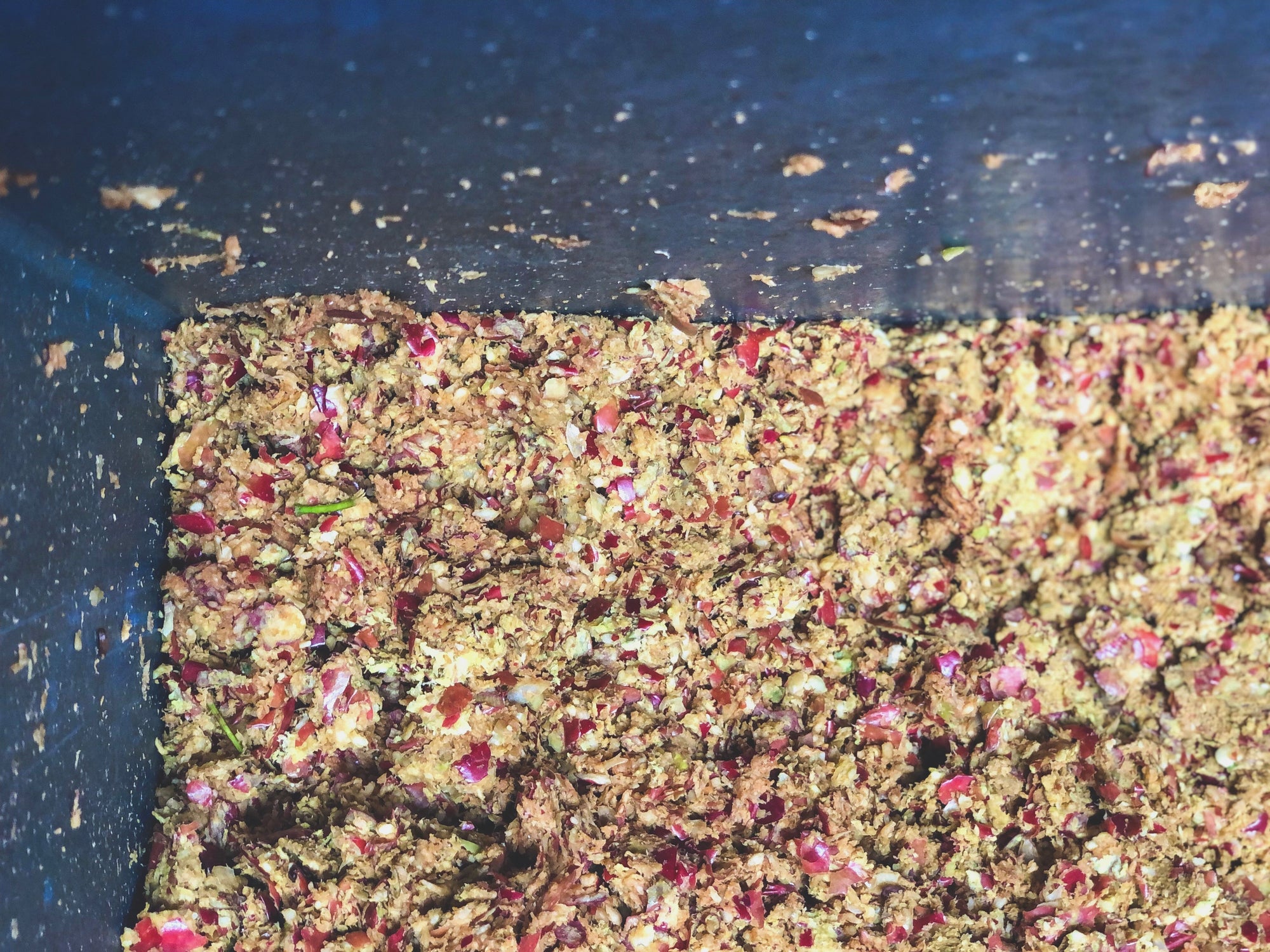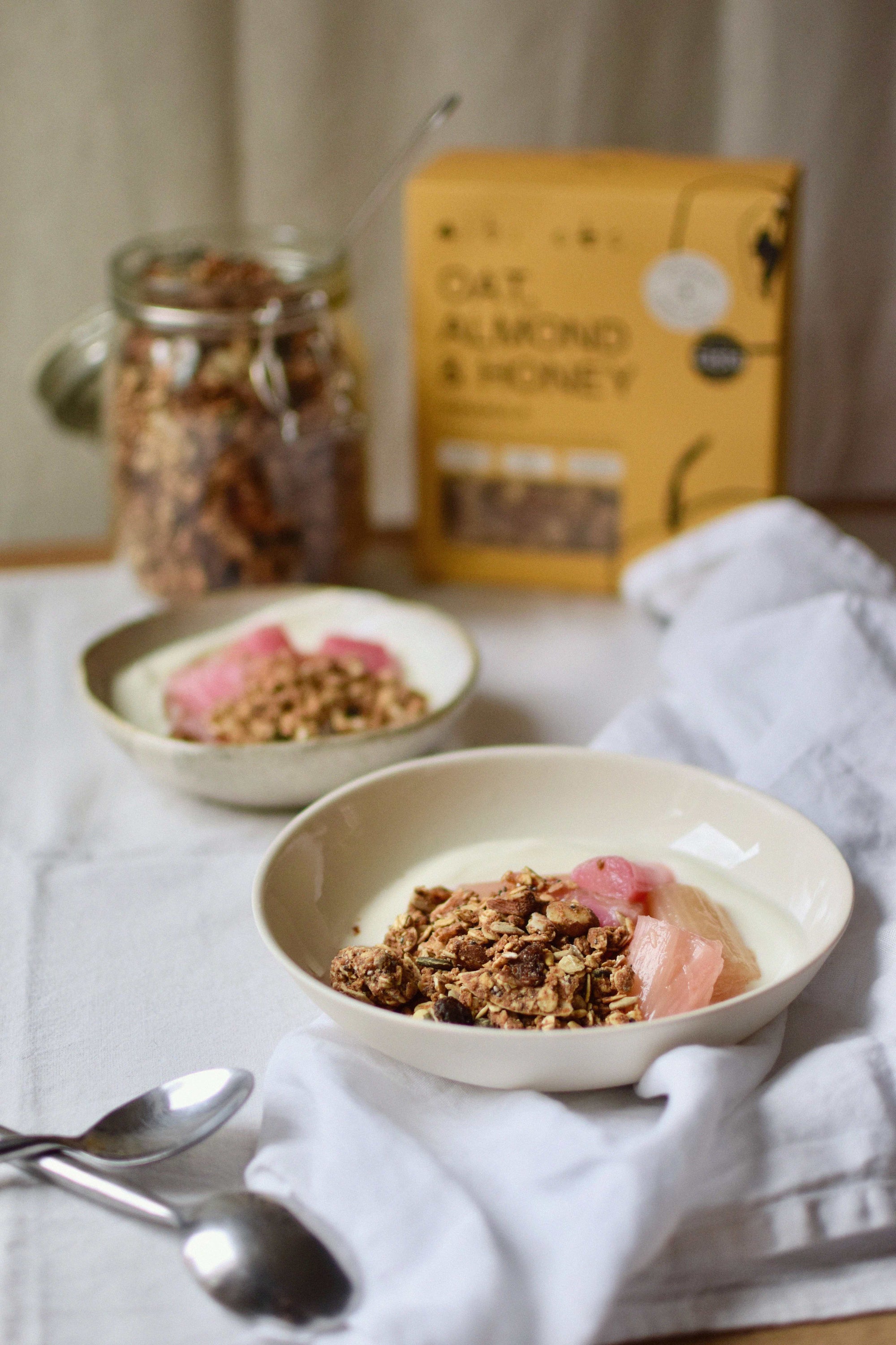
Facts etc.: Upcycling
By Cat O'Dea
In order to better understand the brand’s mission, we thought it best to provide some extra info on some of the terms we’re constantly using. We want as many people as possible to join our fight against food waste and that starts with knowing what we do and why. So here’s to all things upcycled.
What is Upcycling?
In basic terms? Using what you have. Upcycling is the process of repurposing what might otherwise have gone to waste to create something new and of higher value.
In our case, we aim to eliminate food waste, by elevating food to its best and highest value. In the case of our first product range, we are doing this by using juice pulp, a byproduct which is typically thrown away. In order to make our granola, we upcycle apple juice pulp collected from cider and juice pressers in England. Mixed with some other great ingredients and baked in the oven - voila - you have a granola which is high in fibre, high in protein and tastes good too.
Upcycling vs Recycling: What’s the Difference?
While upcycling involves repurposing what’s already there, when something is recycled, it first has to be destroyed or deconstructed before it can be turned into something useful. Take the example of plastic bottles, which have to be shredded into a finer plastic before they can be reused. Consider upcycling a bit of an upgrade, and in our humble opinion, our granola is definitely that.
Juice Pulp - is it safe to eat?
Yes, it’s just whatever the juicers didn’t use. Bonus: it’s got all the fruit’s nutrients, meaning you get all the benefits whilst also saving some unnecessary waste.
We ensure the pulp is sterilised during the baking process and we carefully manage its collection, transport and storage too. This gives our granola a great shelf-life so stored correctly, it can last ages.
Check out the Upcycled Food Association page here to read more about upcycling.


